The Qur’an refers to the word hijab, literally or metaphorically, as a partition or curtain. It’s a kind of panel that partitions someone else. It is necessary to clarify that the Prophet’s wives must only apply this form of the Hijab. The prophets’ Hijab, since they were the Prophet’s mothers, was additional. Paying attention to the original language spoken in the Quran was necessary to prevent misunderstanding. They had to be protected not only by my clothes but also by their room.
Nowadays, we generally refer to the Hijab as Muslim women wearing a veil over their heads, but it is not the same word in the Qur’an. The term ‘Khimar’ covers the head of the Quran. In this article, you will learn about what Hijab is and what is the importance of the Hijab in ISLAM.
What is Hijab
In Arabic terms, the Hijab is a barrier or partition as it has a more excellent definition in Islam. It covers both conduct and clothing for men and women. It is the concept of modesty. Many Muslim women wear a head covering, the most noticeable type of Hijab. Yet the Hijab extends past the skull. The hijab refers to the full coverage of everything but hands, face, and feet in long, loose, and non-seeing wear in one typical school of Islamic thought. Muhaajaba is a woman who wears the Hijab.
Muslim women are compelled before any potentially married man to observe the Hijab. The hijab is not compulsory before the father, siblings, grandparents, uncles, or young children. The Hijab style may not have to be worn against other Muslim women, but controversy is going on about what non-Muslim women might be told.
Interpretation of the Meanings of Hijab
The laws of modesty are subject to a multitude of interpretations. Any Muslim woman wears full-body clothes with their eyes visible. Some shield everything, but the face and hands of the body remain visible. Some claim they conceal only their hair or cleavage, while others do not obey fashion laws. The term hijab was restricted in the English-speaking world to the head of Muslim people. But this is called a khimaar, more specifically. The Khimaar is a simple remedy, typically consisting of two pieces of tissue, which allows Muslim women outside their homes to cover their hair, ears, and neck.
Hijab Veil Interpretation
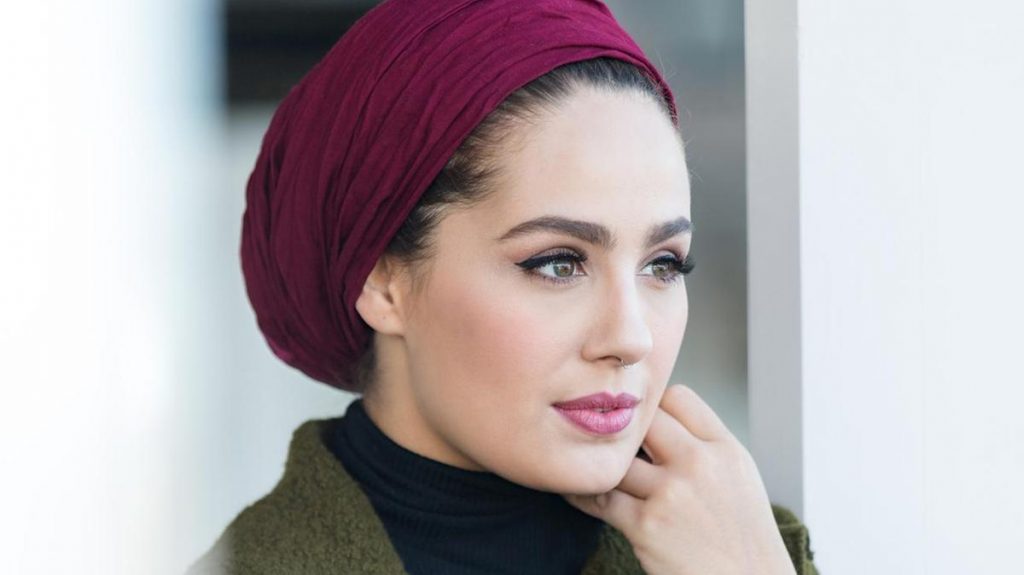
Hijabs can also be rendered as taking the veil by hanging a curtain or placing a show between women and men so that they can talk to themselves without altering their clothing. This was more popular for Prophet Muhammad’s wives at the beginning of Islam.
In the Quraan, Men and women are told to look down and observe their modesty. The centthe interpretation of the guard’s modesty is that they protect the private areas that include the feminine breast. However, some scholars interpret this order more deeply and justify their opinions using Hadith.
A term with several meanings is Zeenah (ornaments). It was translated as body pieces, appearance, delicate garments, or literal jewelry ornaments.
Hijab Concept by Different Scholars
However, some scholars and authors propose that all eyes be covered. The burqa style that Afghan women wear also covers their eyes. Muslims who oppose dissimulation claim that if Allah forced women to cover their whole bodies, male Muslims would not have been allowed to turn their gaze on. Women wore khimaar during the Muhammad period but tied it behind them to see their necks and the top of their chest. Therefore, the Quraan verse now commands them to draw the khimaar over the chest, not expose his neck and thickness. The khimaar is compulsory for Muslim women, according to most scholars.
Some theorists understand “what must ordinarily appear thereof” because if a woman inadvertently reveals a portion of her anatomy, she is forgiven. Both accept that if a particular emergency requires women to do so, they will not be disciplined for breaching the law.
General Rule in Quraan
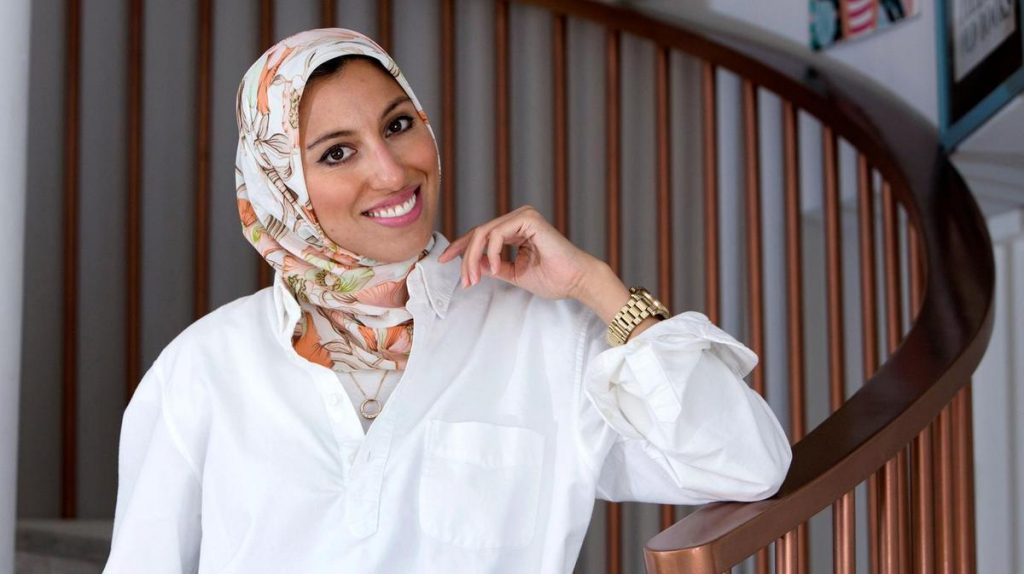
The Quran contains these general guidelines that will help explain how to dress, and other rules are understood in modern times. Therefore, wear must not be uncomplicated: apparel is ideal for both sexes to improve attractiveness and conceal nudity. Modesty and righteousness are the most important things. Women’s laws are more complex. There are some women’s scenarios:
- Women have to cover everything except hands and ears in the presence of unrelated men (Muslim or non-Muslim)
- Aura is the navel to the knee, stomach, and back of close male kin
- Abrah is from the navel to and including the knees of other Muslim females
Reasons for Wearing a Hijab
The headscarf has also been a way of rejecting feminine beauty ideals that need further visibility for many other women. Proponents of this belief claim that the lack of clothes instead of the male gaze is not analogous to emancipation. According to scholars, the female hijab style should remember that their qualifications rather than presence enable managers to deal with it. Therefore, the Hijab is a norm of play. However, women in Western countries find it impossible to recruit for a headcover.
Finally, the headscarf is a refuge for certain people. It can minimize comments from other parties about women in public and reduce abuse on the streets and at work. Some people regularly claim that women wearing headscarves are marginalized, considering the complexities of using the Hijab.
Hijab is the Respect
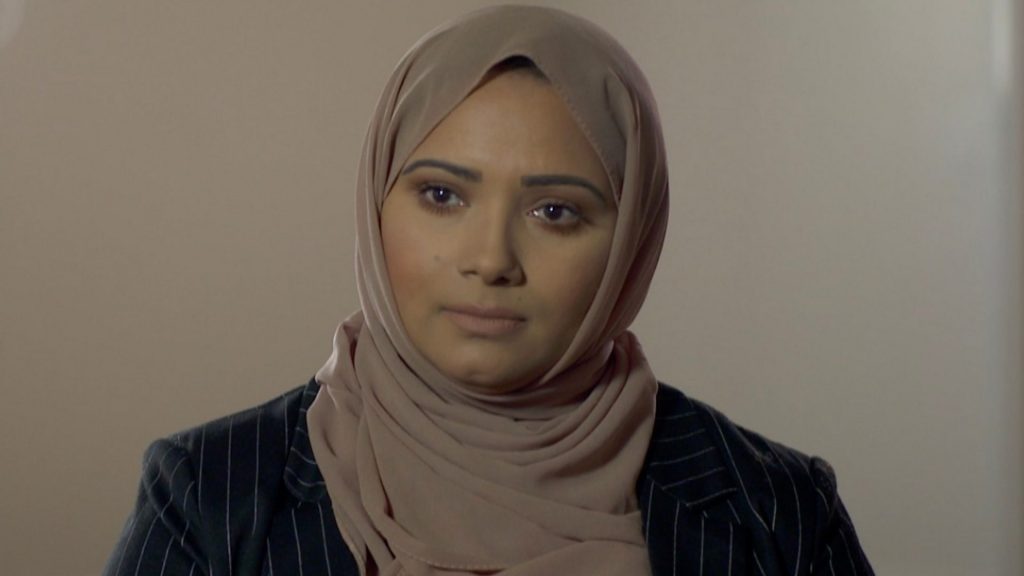
However, Islam teaches that a woman should be valued due to her valuable character and behavior and not because she has little or no influence on her appearance or physical attributes. Her body and charm need not be used in society to achieve respect or approval. The Hijab is more reasonably available and separates himself from appearance and attributes such as picture, virtue, humility, and intelligence. Each woman wearing a hijab or burqa is a particular person, and judging all these people based on a classic piece of clothing is unjust and unrealistic.
Hijab is the Dignity
The hijab style empowers women to form their dignity through more substantive values such as fairness, knowledge, and culture. It rejects letting a consumer society determine their importance through simple means, such as what it looks like and how much money they receive. In the eyes of Heaven, men and women must not be similar to equality, expressed in their varying positions and duties.
How to Wear a Hijab?
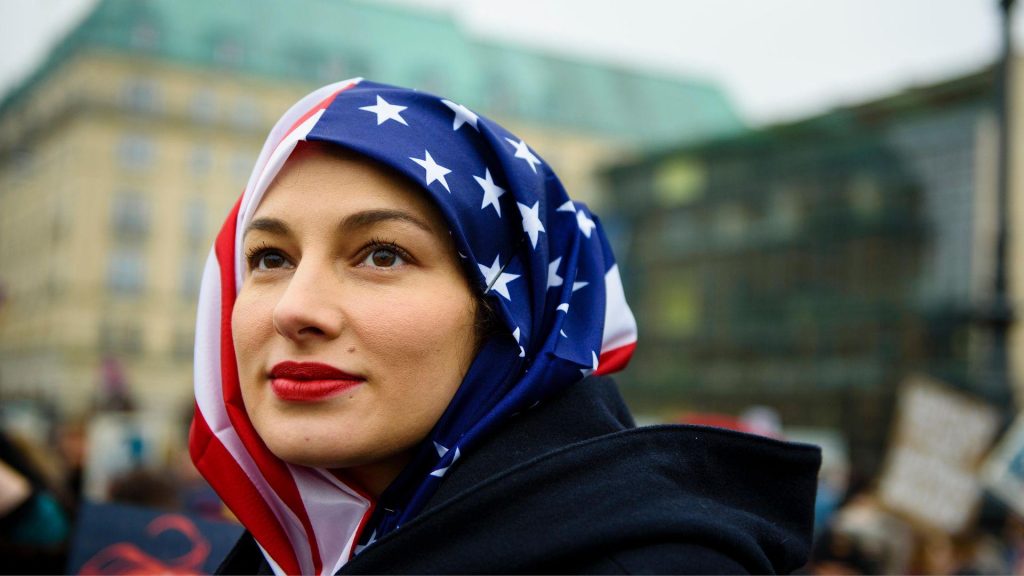
Now that the hijab fashion is suppressed and can be used by women to magnify types, a few aspects must be addressed in selecting the right Hijab. It might sound quick to style a hijab, but this is not preciseness, so let’s see what you may have to think about before planning on the right Hijab:
- Choosing the hijab style with your face cut is always good. Not all hijab styles are suited to all facial forms, so it’s fun to be chic now.
- Depending on the temperature, be cautious about which fabric you select for your Hijab. I do not want to wear a woolen hijab fashion in Dubai or a silk hijab for cold ears in Zurich.
- Pick seasonal colors and prints for your Hijab, like Soft pastel tones, autumn rustic colors, and deep winter colors in spring. Go for vivid colors.
Turkish Style Hijab
Various hijab fashion types occur in a world where almost 60 percent of women wear a Hijab. Most Turkish women use them to cover their necks and wear intense hijab shades. Although some women wear hijabs and prefer an abaya, most prefer fashionable denim. The Turkish hijab style is also suitable for women who want to cover their necks.
Importance of Hijab in Islam
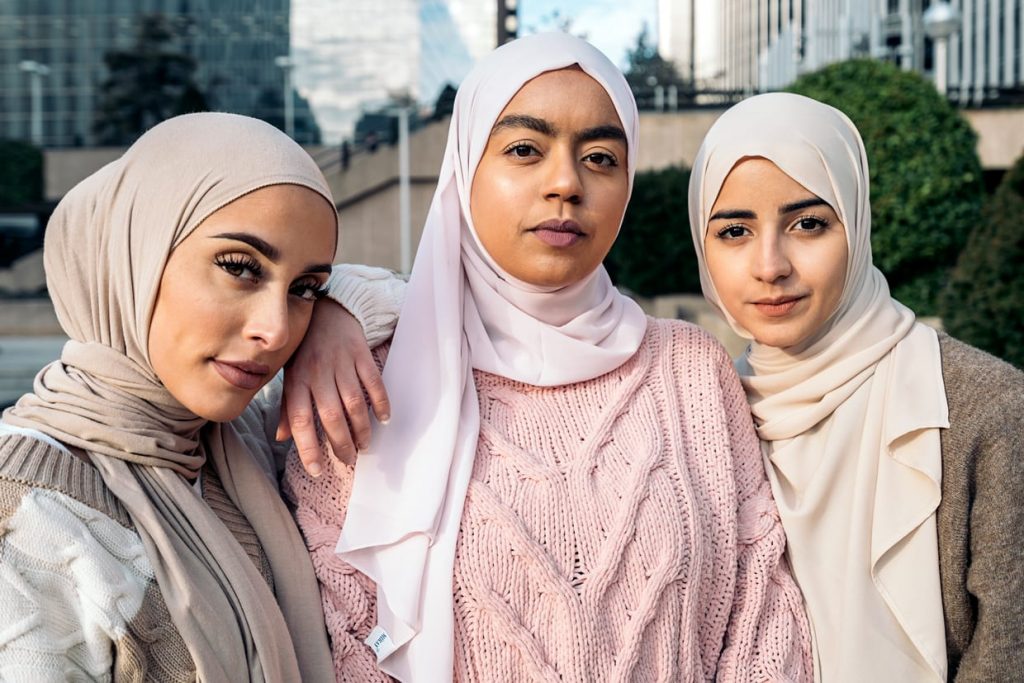
The Muslim woman’s Hijab is an examination. The Qur’an and the Hadiths explicitly indicate that Hijab is a wife’s moral duty. This matter has no scientific distinction, and the Muslim Ummah has applied it for 14 centuries. If she wears the Hijab to a Muslim lady, she obeys Allah and is submissive.
Conclusion
The wearing of the Hijab is an act of the Muslim woman’s devotion to the maker. It is a foundation of legitimacy and honor. It is the religion of millions of Muslim women across the globe. Far from patriarchal, the Hijab is an expression of freedom and cleanliness, and, above all, it accurately represents religion. An essential thing of Islamic teaching is reverence for women, which the Hijab shows. Absolute equality can happen if women are not required to prove their worth or justify their choice to maintain their bodies.
